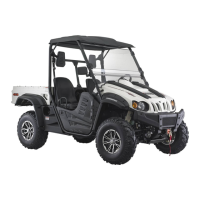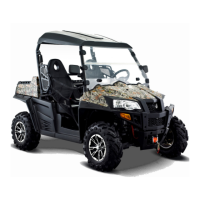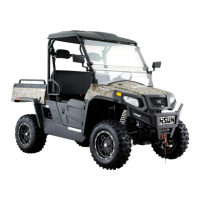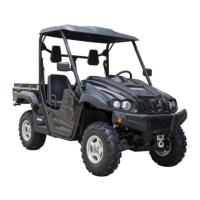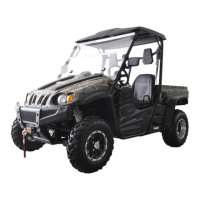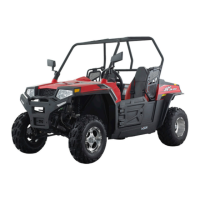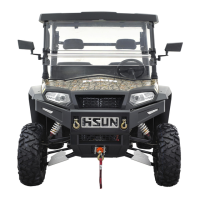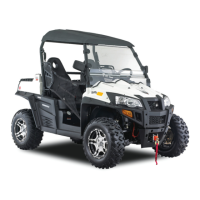Introduction HS164-4
1-1
INTRODUCTION
Congratulations on your purchase of the HS164-4. This Owner’s / Operator’s manual will
provide you information regarding safe operation, operational instructions, maintenance and
care. Fully understanding this manual and following all of the instructions herein will provide
the knowledge needed to have safe and enjoyable vehicle operation.
If you have any questions regarding the operation or maintenance of your UTV, please
call Monkija Trail Park Oy at 0086-23-61020546 or go to Pajalantie 6a 37550, Lempaala,
Finland.
IMPORTANT SAFETY MESSAGES
● READ THIS MANUAL CAREFULLY AND COMPLETELY BEFORE OPERATING YOUR UTV.
MAKE SURE YOU UNDERSTAND ALL INSTRUCTIONS.
● PAY CLOSE ATTENTION TO THE WARNING AND CAUTION LABELS ON THE UTV.
● NEVER OPERATE THE UTV WITHOUT PROPER TRAINING OR INSTRUCTION.
● THIS UTV SHOULD NOT BE RIDDEN BY ANYONE UNDER
16 YEARS OF AGE.


